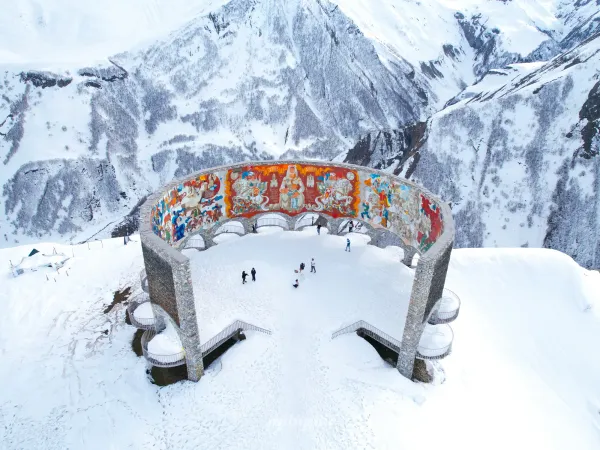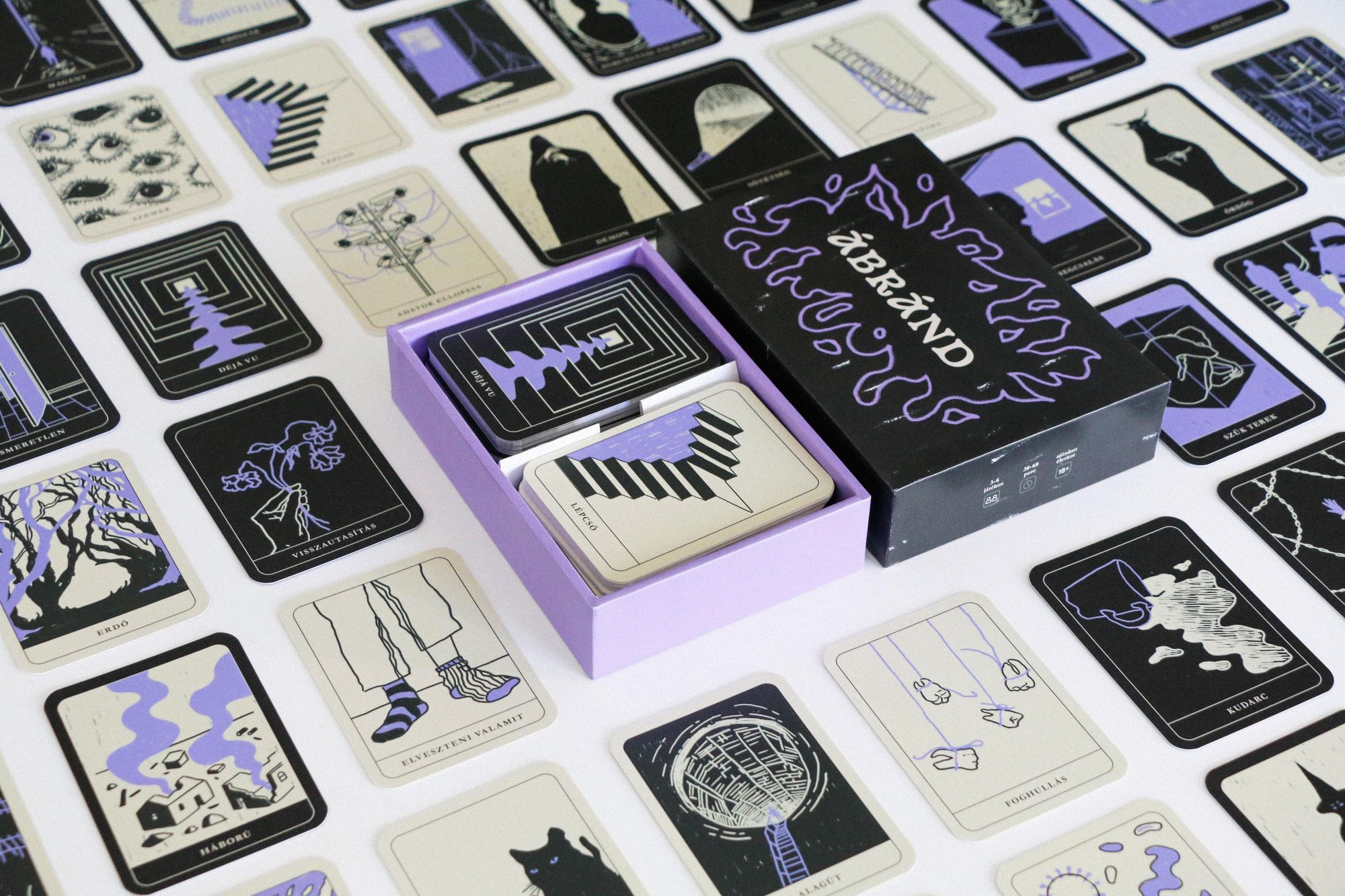On average, we spend more than twenty-five years of our lifetime asleep, only a fraction of which is in fact spent dreaming. Even so, our dreams can still have a profound on our waking life, if we manage to remember them. A card game by Zsófia Kupics helps us to interpret our dreams, as part of a ritualistic game experience.
A dream is a combination of images, thoughts, sounds, and emotions that swirl around in our minds during the REM phase, the most active part of our sleep. Almost every one of us has woken up simply unable to decide whether the dream was reality or simply a figment of our imagination. Why do we dream, and what exactly is the meaning of these subconscious images, are questions that have been puzzling mankind for thousands of years.
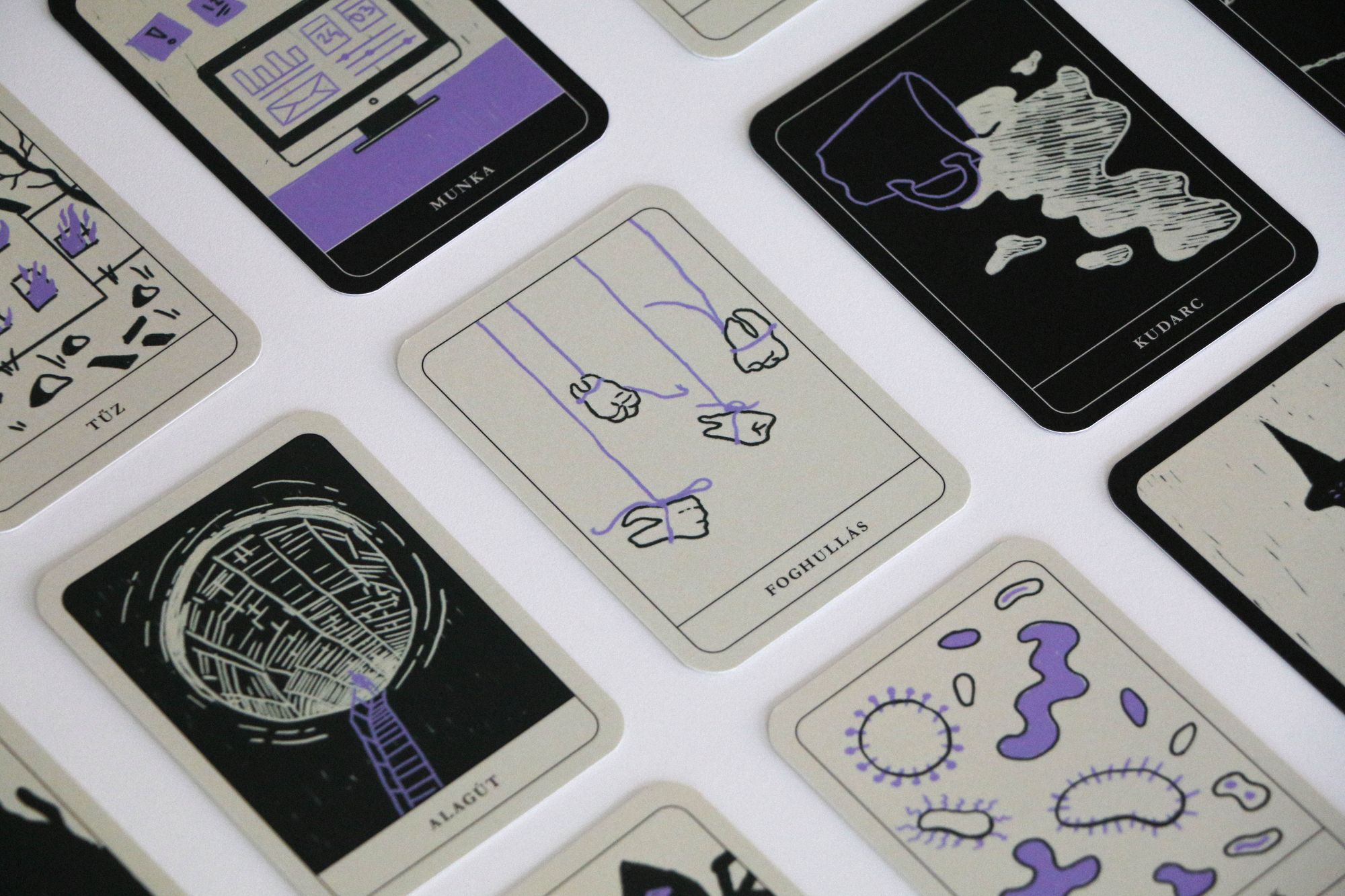
The earliest mention of dream interpretation dates back 5,000 years to 3100 BC, when the Mesopotamians carved their memories on clay tablets, and later to ancient Egypt where the first dream book was written. It is fair to say that the mystery of dreaming plays an important role in the history and mythology of all peoples, like the dream of Emese in the proto-Hungarian tradition.
“Dream: a game, like life. Sometimes the game turns serious. So does life, so does dream”, writes Gyula Krúdy in his Book of Dreams.
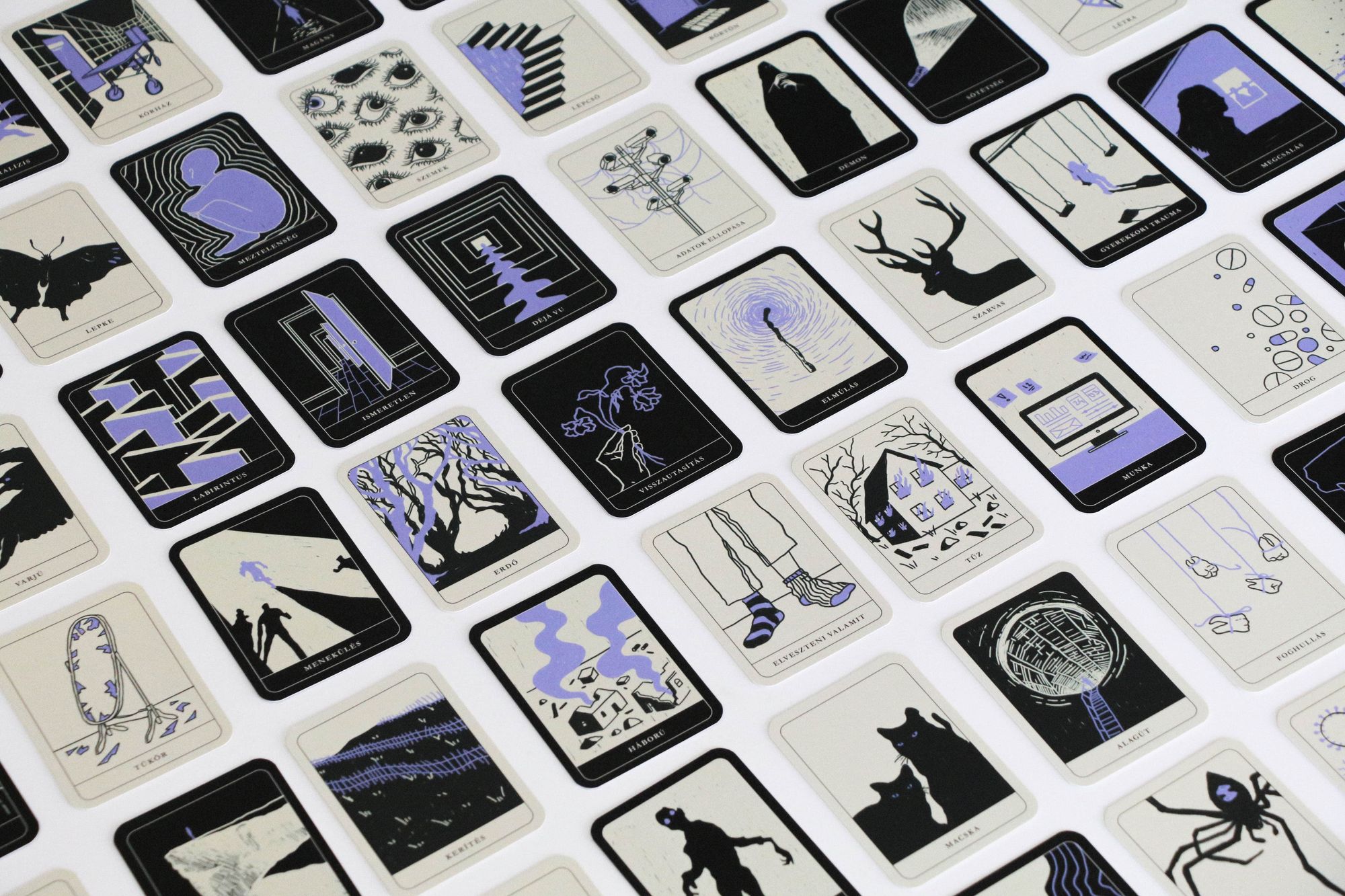
Thanks to the work of Zsófia, we can now playfully decipher the meaning of our dreams with the help of her card game, named Ábránd (meaning ‘daydream’—the Transl.). During the game, participants can explore the meaning of their subconscious in a competitive way, but more important is the social experience and self-reflection that the game provides. The deck consists of 110 cards that resemble those of tarot, five of which are placed in order, from most to least relevant to the upcoming player’s dream, during each round. The game’s light-hearted tone encourages free associations that can help us understand the different layers of meaning in our dreams.
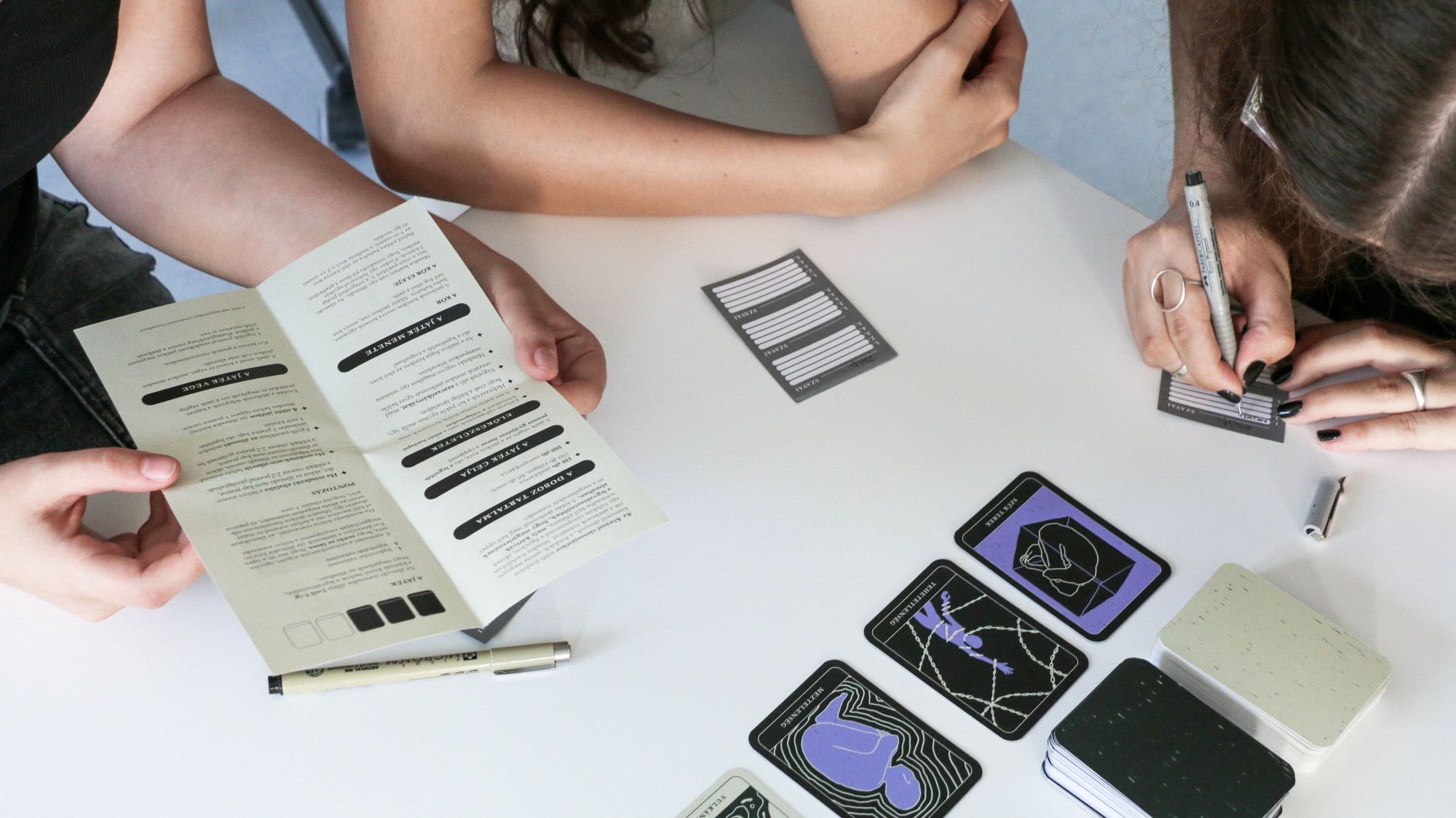
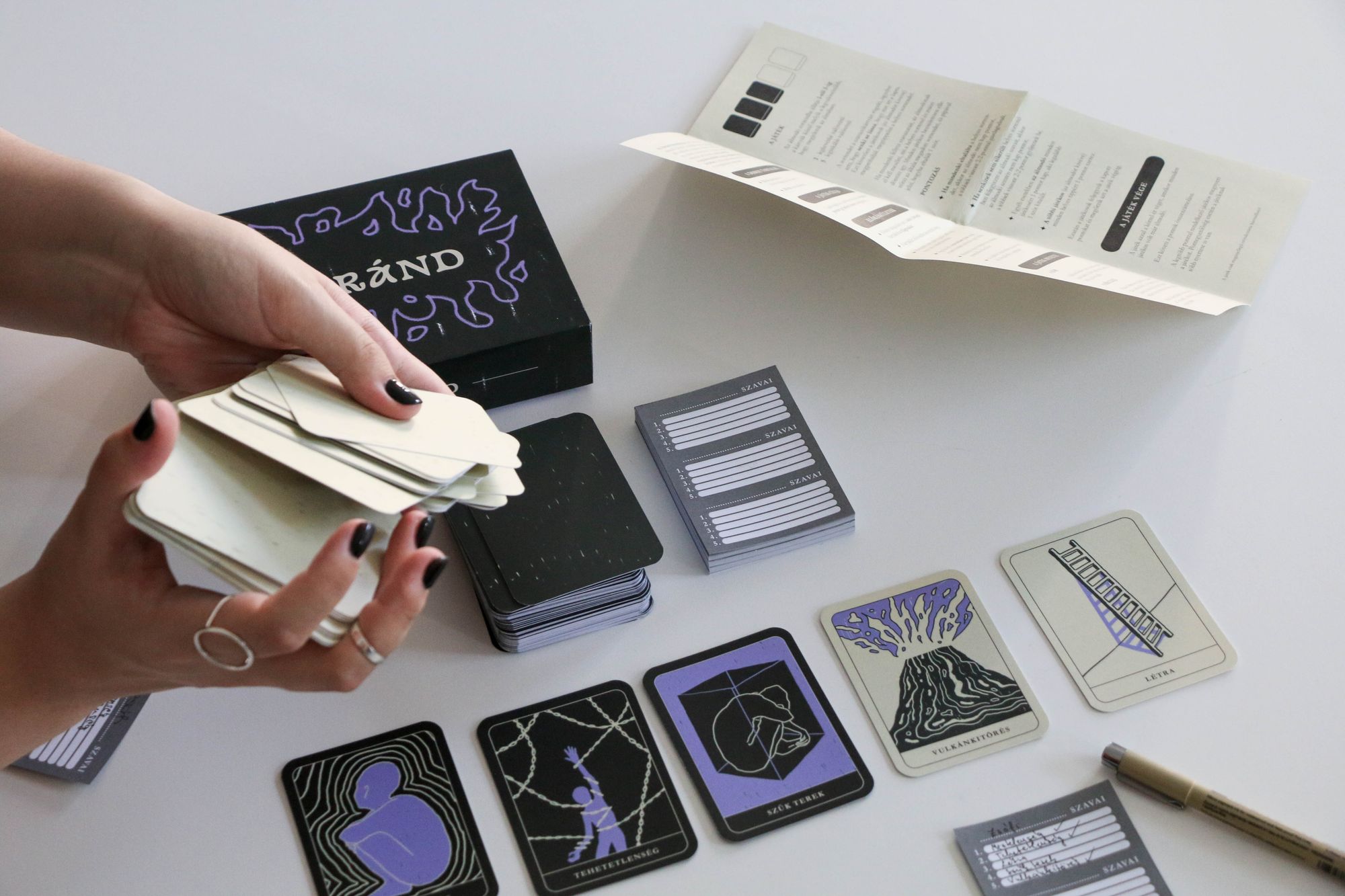
Ábránd appeals to Generation Z, who have become increasingly interested in oneirology, numerology, and the mysticism of fortune-telling in recent years. Its graphic world offers a fascinating depiction of ancient mythical signs that may project themselves into the uncharted, hidden corners of our minds. Through the evocation and deeper interpretation of our dreams, we may understand the pent-up impulses within us that are just waiting to burst forth.
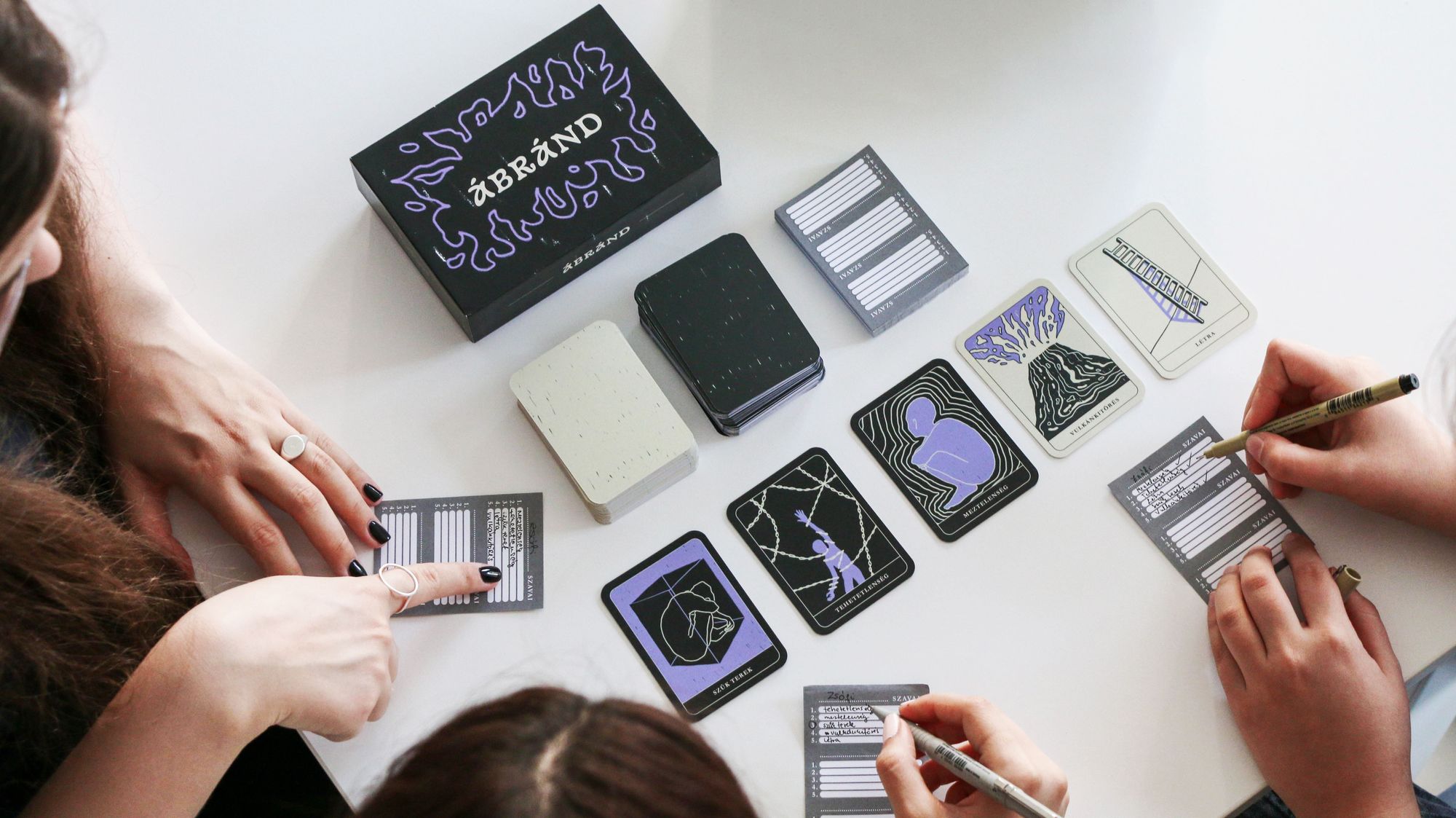
Zsófia Kupics | Behance
The diploma project was created as part of the Graphic Design MA program at the Moholy-Nagy University of Art and Design in 2022, under the supervision of Béla Hegyi.
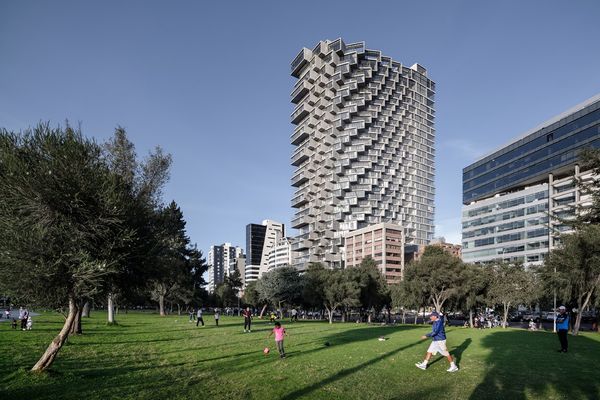
BIG completes first building in South America

Design objects are fun! | Regional Gift Guide—design edition
